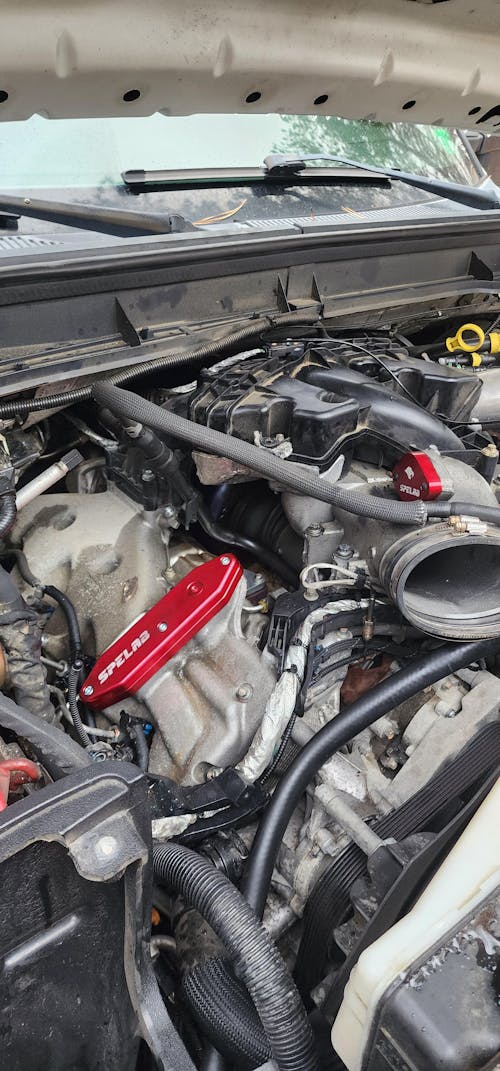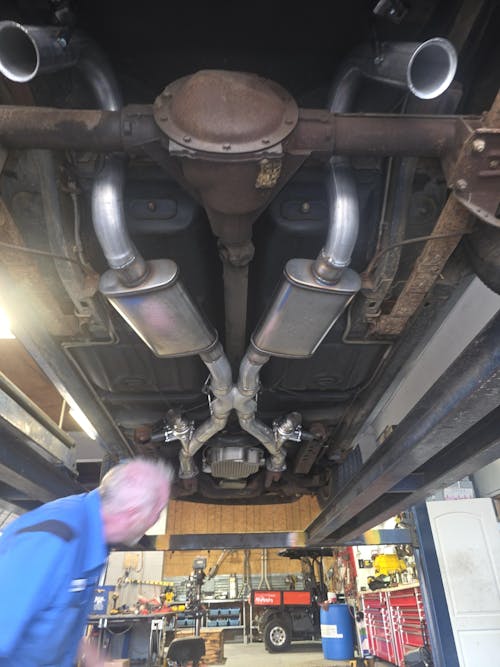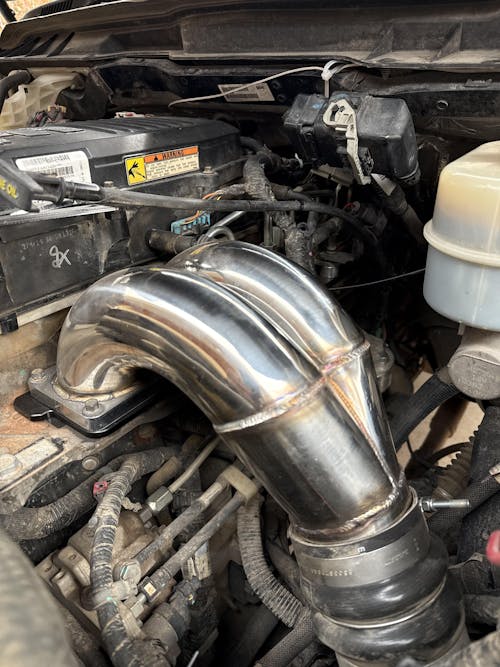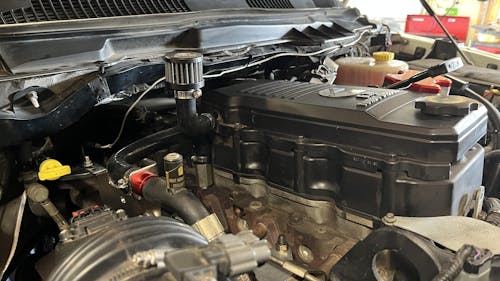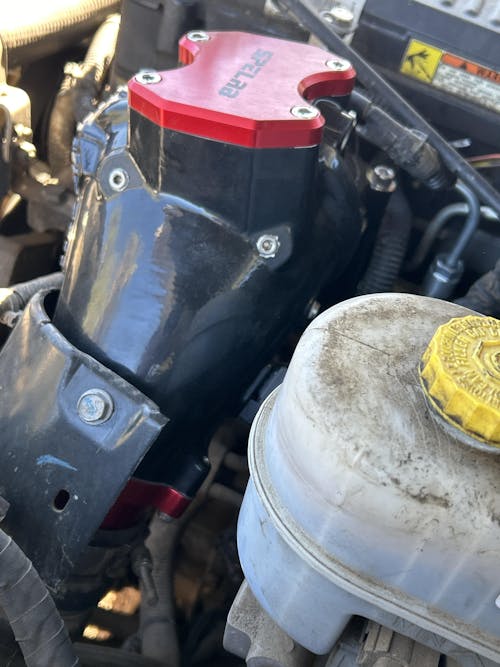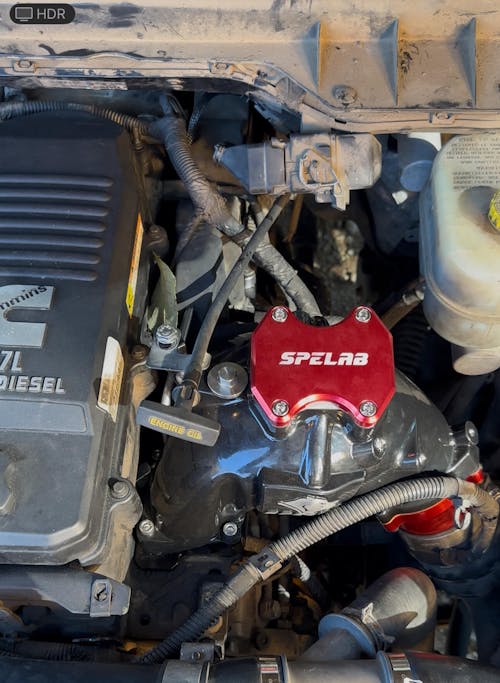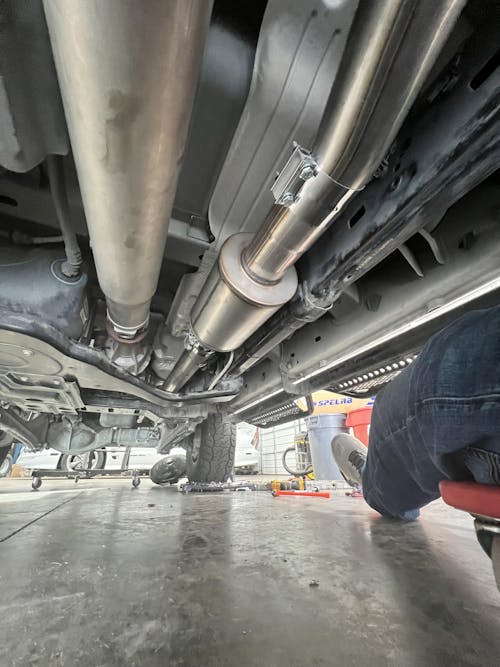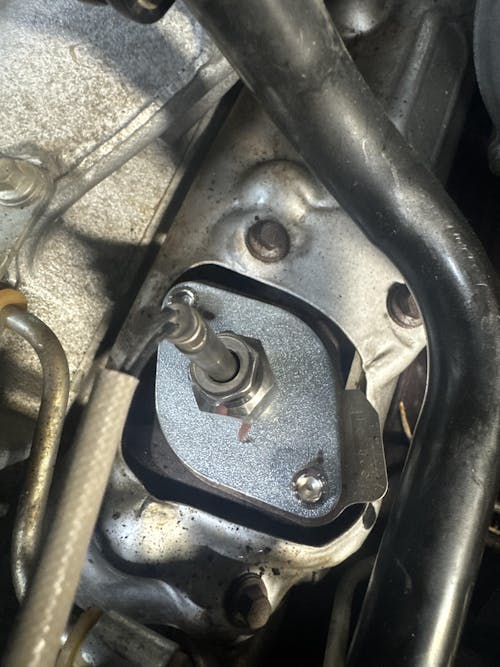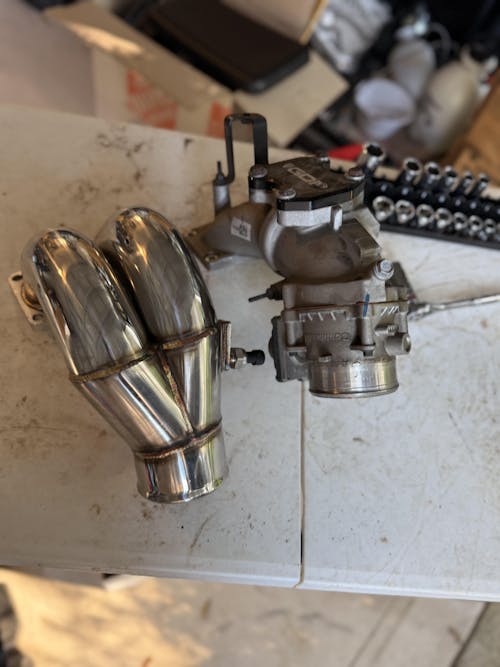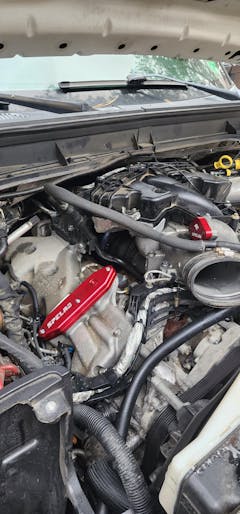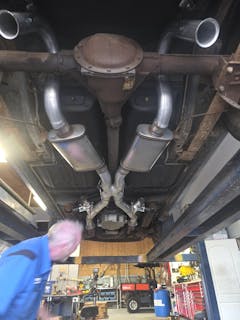SPELAB Exhaust Header for Ford/Mercury L6 144/170/200/250 Cid
Replacing or upgrading your exhaust header is necessary for both engine performance and sound. Whether on or off the track, exhaust headers provide more horsepower and improved exhaust sound. SPELAB offers many products to help you create your own custom engine headers. It's really easy and convenient to use: direct bolt-on, no modification needed.
Fitment:
| Make, Model |
Year(s) |
Additional Info |
| Ford Bronco |
1966, 1967, 1968, 1969, 1970, 1971, 1972, 1973, 1974 |
2.8L, 3.3L |
| Ford Econoline |
1961, 1962, 1963, 1964, 1965, 1966 |
2.4L, 2.8L |
| Ford Fairmont |
1978, 1979, 1980, 1981, 1982 |
3.3L |
| Ford Falcon |
1960, 1961, 1962, 1963, 1964, 1965, 1966, 1967, 1968, 1969, 1970 |
2.4L, 2.8L, 3.3L |
| Ford Granada |
1975, 1976, 1977, 1978, 1979, 1980, 1981, 1982 |
3.3L, 4.1L, |
| Ford LTD |
1983 |
3.3L |
| Ford Mustang |
1965, 1966, 1967, 1968, 1969, 1970 |
2.8L, 3.3L |
| Ford Ranchero |
1960, 1961. 1962, 1963, 1964, 1965 |
2.4L, 2.8L, 3.3L |
| Ford Thunderbird |
1980, 1981, 1982 |
3.3L |
| Mercury Capri |
1979, 1980, 1981, 1982 |
2.8L, 3.3L |
| Mercury Comet |
1960, 1961, 1962, 1963, 1964, 1965 |
2.4L, 2.8L, 3.3L |
| Mercury Cougar |
1981, 1982 |
3.3L |
| Mercury Marquis |
1983 |
3.3L |
| Mercury Zephyr |
1978, 1979, 1980, 1981, 1982, 1982 |
3.3L
|
Specifications:
Brand Name: SPELAB
Model: EH28046X
Certificate: ISO9001:2000
Application: Automobile Exhaust Header
Material: Stainless Steel
Surface: Mirror Polish
Outlet Size: 2.00"
Inlet Size: 1 1/8" X 1 1/4"
Number of O2 Sensor Locations: 2
Head Flange Thickness: 7/16"
Outlet Flange Thickness: 3/8"
Exhaust Header vs. Manifold: Which Is the Better Option for Performance?
When comparing exhaust headers and manifolds, the primary differences lie in their materials, design, and performance impact.
Material and Construction:
Exhaust headers are constructed from lightweight, thin steel, while exhaust manifolds are made from heavier, thicker iron. The lighter material of exhaust headers contributes to overall weight reduction and better heat dissipation, improving engine efficiency. In contrast, the thicker iron used in manifolds can retain more heat and add extra weight to the engine, which may hinder performance.
Design and Size:
Exhaust headers are generally longer and feature individual pipes for each cylinder, which allows for smoother exhaust flow. The longer design of headers helps eliminate exhaust backpressure, enabling gases to exit the engine more efficiently. On the other hand, exhaust manifolds are typically shorter and feature a single chamber that collects exhaust gases from multiple cylinders, which can cause backpressure and reduce engine performance.
Impact on Engine Performance:
Exhaust manifolds create backpressure, which restricts the flow of exhaust gases, reducing overall engine performance, especially at higher RPMs. In contrast, exhaust headers prevent backpressure by providing each cylinder with its own exhaust tube, ensuring that gases exit the engine more freely. This leads to increased horsepower, improved throttle response, and better engine efficiency. As a result, exhaust headers are a better option for those looking to enhance performance.
Why Exhaust Headers Are the Better Choice:
Exhaust headers allow for optimal exhaust gas flow, improving engine power and efficiency. By reducing backpressure, headers enable the engine to breathe better, resulting in increased horsepower and performance. If you’re looking to boost your vehicle’s performance, exhaust headers are the superior choice over exhaust manifolds.
Overall, exhaust headers offer better performance gains, while exhaust manifolds may be more suitable for stock vehicles with less emphasis on high performance. For enthusiasts or anyone looking to maximize their engine’s potential, exhaust headers are the clear winner.

PLEASE NOTE!




























